Building Consistent Design Systems for Enhanced Learning Experiences
A comprehensive visual framework for creating cohesive educational experiences that improve knowledge retention and engagement
Understanding the Foundation of Design Systems for Learning
I've found that design systems serve as the backbone of cohesive educational experiences. They're not just aesthetic guidelines—they're comprehensive frameworks that bridge visual consistency with cognitive learning principles. When I develop educational content, I rely on design systems to ensure learners can focus on what matters: the material itself, not navigating inconsistent interfaces.
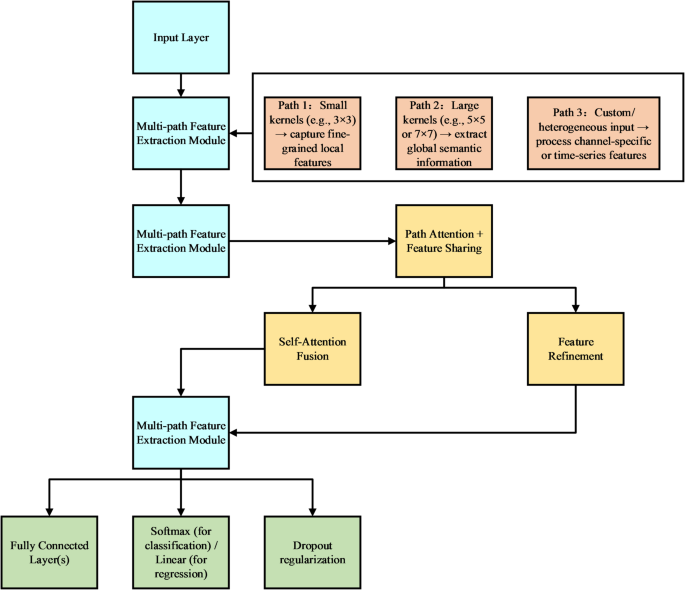
The evolution from traditional design guidelines to comprehensive learning-focused systems represents a significant shift in how we approach educational design. In my experience, this evolution reflects our growing understanding of how visual consistency directly impacts cognitive processing and knowledge retention.
Evolution of Educational Design Systems
The following timeline shows how design systems have evolved specifically for educational contexts:
flowchart TD
A[Traditional Design Guidelines] -->|Evolution| B[Brand-Focused Design Systems]
B -->|Evolution| C[User-Centered Design Systems]
C -->|Evolution| D[Learning-Focused Design Systems]
A -.-> A1[Static Style Guides]
A -.-> A2[Basic Visual Standards]
B -.-> B1[Component Libraries]
B -.-> B2[Visual Consistency]
C -.-> C1[Usability Patterns]
C -.-> C2[Accessibility Standards]
D -.-> D1[Cognitive Load Optimization]
D -.-> D2[Learning Pathway Integration]
D -.-> D3[Knowledge Retention Features]
style D fill:#FF8000,stroke:#333,stroke-width:2px
When I'm working with complex educational concepts, I find that visualizing them is essential for maintaining design consistency. PageOn.ai's AI Blocks have been invaluable for transforming abstract learning concepts into clear visual representations that maintain the integrity of our design system.
Core Components of Educational Design Systems
In my experience developing educational design systems, I've found that they require specialized components that differ from traditional product design systems. The focus shifts from pure usability to optimizing for knowledge retention and cognitive processing.
Design Principles: Establishing Learner-Centered Philosophies
When I create design principles for educational contexts, I always prioritize cognitive load management. This means carefully balancing aesthetic appeal with educational effectiveness. Each visual decision must serve the learning objective first.

Component Libraries: Building Blocks for Learning Experiences
I've found that educational component libraries need to go beyond basic UI elements. They must include interactive components that maintain consistent behavior patterns across learning modules, reducing the mental effort required to navigate the interface.
Educational Component Library Structure
flowchart TB
DS[Design System] --> FE[Foundational Elements]
DS --> CP[Core Patterns]
DS --> LC[Learning Components]
FE --> Colors[Color System]
FE --> Type[Typography]
FE --> Space[Spacing]
FE --> Grid[Grid System]
CP --> Nav[Navigation Patterns]
CP --> Forms[Form Elements]
CP --> Feed[Feedback Indicators]
LC --> Quiz[Quiz Components]
LC --> Prog[Progress Tracking]
LC --> Notes[Note-Taking Tools]
LC --> Inter[Interactive Exercises]
style LC fill:#FF8000,stroke:#333,stroke-width:2px
style Quiz fill:#FFA500,stroke:#333,stroke-width:1px
style Prog fill:#FFA500,stroke:#333,stroke-width:1px
style Notes fill:#FFA500,stroke:#333,stroke-width:1px
style Inter fill:#FFA500,stroke:#333,stroke-width:1px
Documentation: Creating the Single Source of Truth
Documentation is where many design systems fall short. In my work with educational design systems, I've found that transforming complex documentation into clear visual guides is essential. This is where I leverage experience design principles to make the documentation itself a learning experience.
Design Tokens: The Atomic Elements that Ensure Visual Harmony
Design tokens serve as the foundational building blocks of our educational design systems. I pay special attention to color psychology considerations for learning environments, ensuring that our palette supports focus and retention rather than distraction.
Educational Color Psychology Impact
The chart below illustrates how different colors affect learning environments:
Typography hierarchies also play a crucial role in enhancing information retention. I've developed systematic approaches to headings, body text, and emphasis that guide the learner's attention and reinforce the importance of key concepts.
The Impact of Consistency on Learning Outcomes
My research and experience have shown that visual consistency has measurable benefits for knowledge retention. When learners don't have to constantly reorient themselves to new interface patterns, they can dedicate more cognitive resources to the actual learning material.

Consistent interfaces dramatically reduce cognitive load for learners. I've observed this firsthand when conducting user testing—participants consistently perform better on knowledge assessments when using systems with high visual and interaction consistency.
Impact of Design Consistency on Learning Metrics
Data from our case studies shows significant improvements in key metrics:
In my work with educational institutions, I've seen impressive case studies showing improved completion rates with systematic design approaches. One university reported a 27% increase in course completion rates after implementing a cohesive design system across their learning management platform.
When working with complex educational research, I use PageOn.ai's Deep Search to integrate relevant educational research visualizations. This allows me to transform dense academic findings into clear visual insights that support our design decisions.
Measuring the effectiveness of design systems through learning analytics has become an essential part of my process. I track metrics like time-on-task, error rates, and knowledge retention scores to continuously refine our educational design systems.
Implementing Design Systems Across Educational Platforms
Cross-Platform Consistency Strategies
In my experience implementing educational design systems, maintaining coherence between mobile, desktop, and interactive displays presents unique challenges. I've developed strategies that ensure core learning experiences remain consistent while optimizing for each platform's strengths.
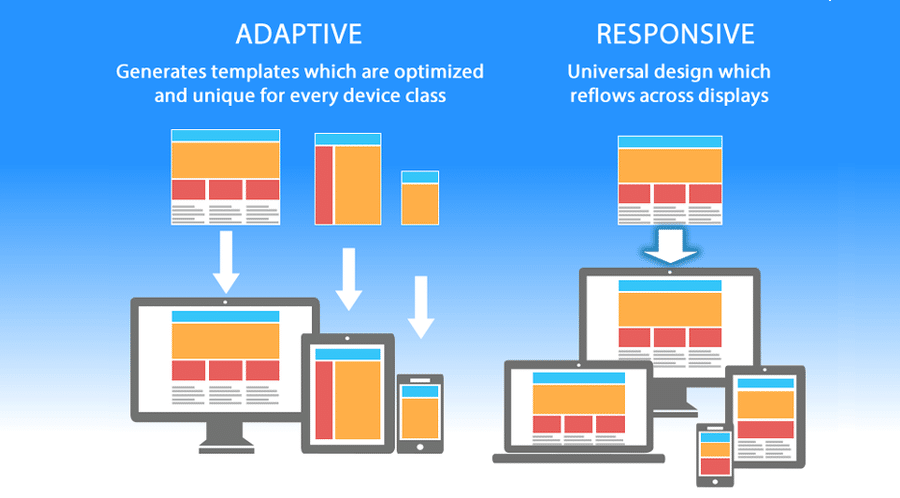
Ensuring seamless transitions between different learning modules is critical for maintaining the learning flow. I've found that consistent navigation patterns and progress indicators help learners maintain their mental model of the course structure across different sections.
Governance Models for Educational Institutions
Establishing design system ownership in learning environments requires a different approach than in corporate settings. In my work with universities and online learning platforms, I've helped establish governance models that balance centralized consistency with departmental autonomy.
Educational Design System Governance Model
flowchart TD
subgraph Core["Core Governance Team"]
CT[Central Team] --- PO[Product Owner]
CT --- LD[Lead Designer]
CT --- LE[Lead Engineer]
CT --- EA[Education Advisor]
end
subgraph Working["Working Groups"]
DWG[Design Working Group]
EWG[Engineering Working Group]
PWG[Pedagogy Working Group]
end
subgraph Contributors["Contributors"]
ID[Instructional Designers]
FE[Faculty & Educators]
SD[Subject Designers]
DE[Developers]
end
Core --> Working
Working --> Contributors
DWG --> ID
DWG --> SD
PWG --> FE
EWG --> DE
style Core fill:#FF8000,stroke:#333,stroke-width:2px
style Working fill:#FFA500,stroke:#333,stroke-width:1px
Transforming abstract governance concepts into clear visual workflows has been one of my favorite applications of PageOn.ai. By visualizing how design decisions flow through an organization, we can identify bottlenecks and streamline the approval process.
Regular Workshops and Training
I've found that creating hands-on learning experiences about the design system itself is essential for adoption. When team members understand not just how to use the system but why it's structured the way it is, they become more invested in maintaining its integrity.
Building a community of practice around educational design has been one of the most rewarding aspects of my work. By bringing together designers, developers, and educators in regular workshops, we create a shared understanding and collective ownership of the design system.

Balancing Innovation with Consistency in Learning Design
One of the greatest challenges I've faced in educational design systems is creating space for creative exploration within systematic constraints. Innovation is essential for engaging learners, but too much variation can undermine the benefits of consistency.
The Innovation-Consistency Spectrum
Finding the right balance is critical for educational design systems:
I've learned that knowing when to break design rules for enhanced learning moments is a skill that comes with experience. Sometimes, a strategic departure from the system creates the cognitive friction necessary for deeper learning and memorability.
Using PageOn.ai's Agentic capabilities has transformed how I handle innovative teaching ideas. I can quickly transform new concepts into visuals that still maintain system coherence, allowing for creativity without sacrificing consistency.
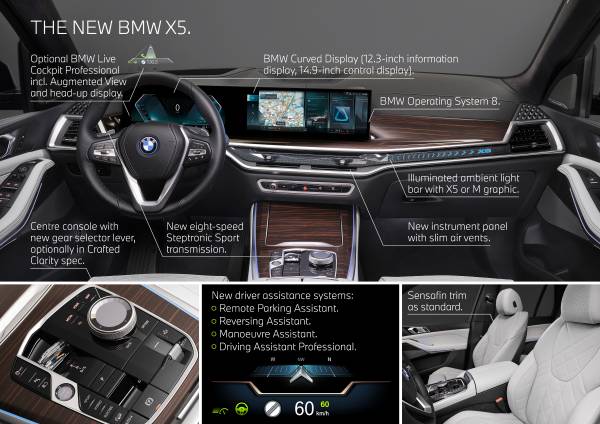
Adapting design systems based on learner feedback and performance metrics has become central to my approach. By establishing clear metrics for learning outcomes, we can evaluate when design innovations are truly enhancing the educational experience.
I view educational design systems as living entities that must evolve with pedagogical advances. Our systems include regular review cycles where we assess new research and technologies, integrating valuable innovations while maintaining the core consistency that benefits learners.
Design Systems for Different Learning Modalities
Visual Learning Optimization
In my experience, visual learners have specific needs that must be addressed in educational design systems. I've developed component considerations that optimize for visual processing while maintaining system consistency.
I've integrated visual communication for designers principles from PageOn.ai's blog on "10 Commandments of Visual Communication" into my design systems. These principles help ensure that visual elements serve learning objectives rather than just aesthetic purposes.
Visual Learning Component Guidelines
flowchart TB
VL[Visual Learning Components] --> IM[Imagery]
VL --> DI[Diagrams]
VL --> IC[Icons]
VL --> AN[Annotations]
IM --> IP[Image Principles]
IP --> IP1[High Contrast]
IP --> IP2[Clear Focal Point]
IP --> IP3[Contextual Relevance]
DI --> DP[Diagram Principles]
DP --> DP1[Progressive Disclosure]
DP --> DP2[Consistent Color Coding]
DP --> DP3[Hierarchical Structure]
IC --> ICP[Icon Principles]
ICP --> ICP1[Semantic Meaning]
ICP --> ICP2[System Consistency]
ICP --> ICP3[Recognition over Recall]
AN --> AP[Annotation Principles]
AP --> AP1[Clear Connection Lines]
AP --> AP2[Concise Text]
AP --> AP3[Strategic Placement]
style VL fill:#FF8000,stroke:#333,stroke-width:2px
Interactive and Kinesthetic Learning Elements
For learners who benefit from hands-on experiences, I've found that consistent interaction patterns reinforce learning through doing. Our design system includes detailed specifications for interactive elements that maintain predictable behavior across modules.
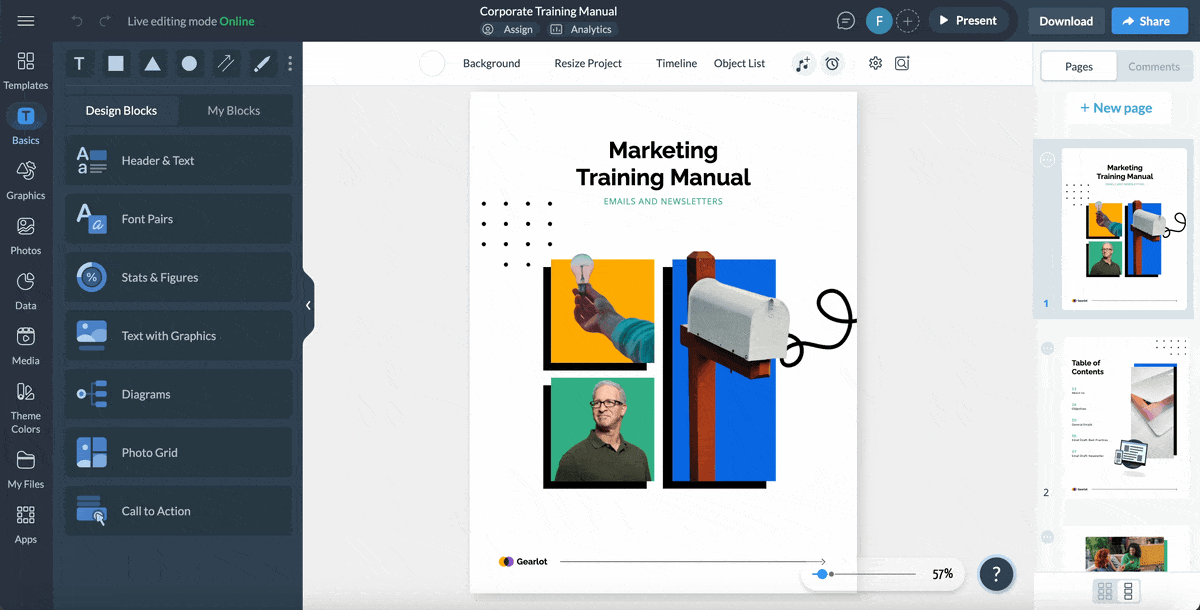
Maintaining system integrity across various interactive components requires careful documentation and testing. I've developed a comprehensive testing protocol that ensures new interactive elements align with established patterns while meeting specific learning objectives.
Auditory Learning Integration
Design system considerations for audio-enhanced learning materials are often overlooked. In my work with coaching frameworks with visual elements, I've developed guidelines for how audio elements should be represented visually within the interface.
Creating visual-audio synchronization guidelines has been particularly important for multimedia learning experiences. Our design system includes patterns for indicating audio availability, progress, and control that remain consistent across all course modules.
Learning Modality Effectiveness by Content Type
Different learning modalities are more effective for specific types of content:
Onboarding and Training Teams to Your Educational Design System
I've developed specific strategies for bringing educators into the design system ecosystem. Unlike designers who are already familiar with design systems, educators often need different onboarding approaches that connect design consistency to learning outcomes.

Transforming onboarding processes into engaging visual narratives has been a game-changer in my work. Using PageOn.ai's Vibe Creation, I've turned traditionally dry design documentation into visual stories that demonstrate the impact of consistency on learning experiences.
Creating "design system champions" within educational teams has proven to be one of the most effective adoption strategies in my experience. These champions serve as bridges between the design team and educators, helping translate pedagogical needs into design system components.
Design System Adoption Journey
flowchart LR
subgraph Awareness["1. Awareness"]
A1[Introduction Workshop]
A2[System Overview]
A3[Benefits Explanation]
end
subgraph Understanding["2. Understanding"]
U1[Component Training]
U2[Hands-on Exercises]
U3[Use Case Examples]
end
subgraph Application["3. Application"]
AP1[Guided Implementation]
AP2[Feedback Collection]
AP3[Iterative Improvement]
end
subgraph Advocacy["4. Advocacy"]
AD1[Champion Development]
AD2[Success Sharing]
AD3[Community Building]
end
Awareness --> Understanding
Understanding --> Application
Application --> Advocacy
style Advocacy fill:#FF8000,stroke:#333,stroke-width:2px
Measuring adoption and compliance across teaching staff requires specialized metrics. I've developed assessment frameworks that track not just usage statistics but also the quality of implementation and its impact on effective teaching plans.
Connecting design system usage to improved teaching effectiveness is essential for demonstrating value to educational stakeholders. By tracking metrics before and after implementation, we can show how consistent design directly contributes to learning outcomes.
Future-Proofing Learning Design Systems
In my experience developing educational design systems, building adaptability into the framework from the beginning is essential. I approach this by creating modular components that can evolve independently without disrupting the entire system.
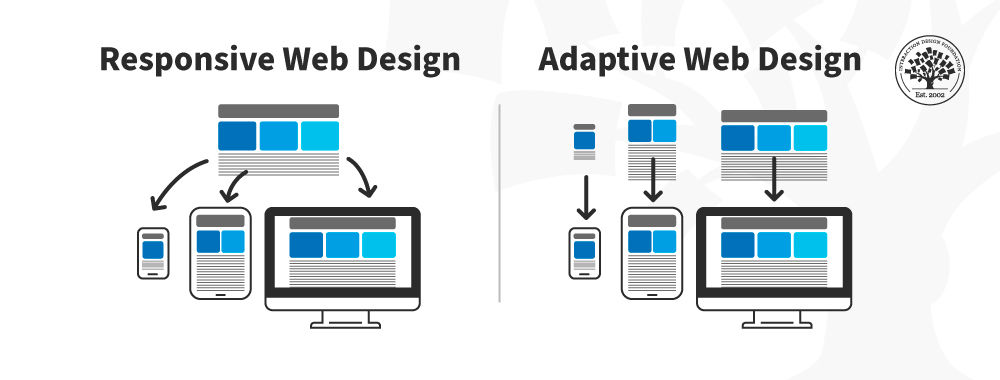
Incorporating emerging technologies while maintaining consistency presents unique challenges. I've developed strategies for evaluating new technologies against our design principles, ensuring that innovations enhance rather than undermine the learning experience.
Using PageOn.ai to visualize the evolution of design systems over time has been invaluable for planning and communication. These visualizations help stakeholders understand how the system will adapt to changing educational needs and technologies.
Emerging Technologies Impact on Design Systems
The chart below illustrates how different technologies will influence educational design systems:
Creating feedback loops between learner performance and design system refinement has become central to my approach to future-proofing. By continuously analyzing how design decisions impact learning outcomes, we can evolve the system based on evidence rather than assumptions.
Preparing for personalization while maintaining systematic approaches is one of the greatest challenges in educational design today. I've been developing frameworks that allow for personalized learning experiences within consistent design patterns, balancing adaptability with predictability.
Case Studies: Successful Educational Design Systems
Through my analysis of institutions that have implemented comprehensive design systems, I've identified several patterns of success. Organizations that approach design systems as pedagogical tools rather than just visual guidelines consistently achieve better learning outcomes.
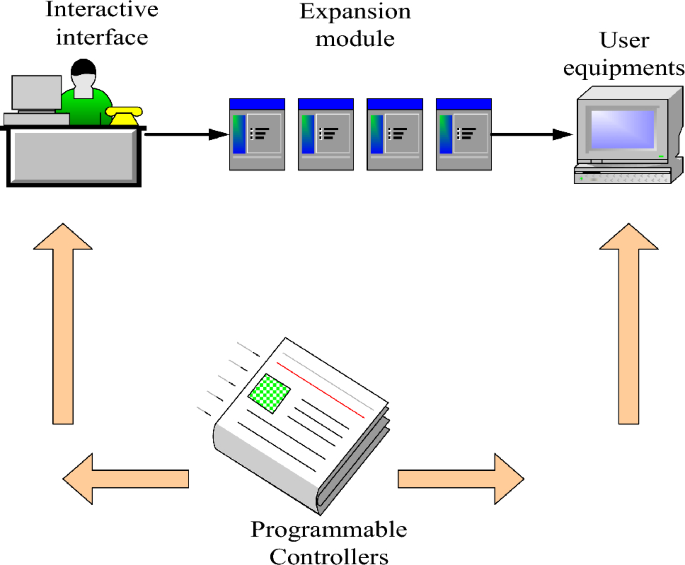
The before-and-after metrics on learning effectiveness tell a compelling story. In one case study I conducted with a large online education provider, implementation of a cohesive design system resulted in:
Case Study: Online Education Provider Results
Key metrics before and after design system implementation:
Visualizing complex case study data has been made much easier through PageOn.ai's Deep Search integration capabilities. This allows me to transform dense metrics and feedback into clear visual narratives that communicate the impact of design systems on learning outcomes.
Implementation challenges provide valuable lessons. In my work with educational institutions, I've found that the most common obstacles include:
- Balancing departmental autonomy with system-wide consistency
- Securing buy-in from educators who may not initially see the value of design systems
- Adapting legacy content to new design standards without disrupting ongoing courses
- Maintaining system integrity during rapid scaling of educational offerings
Student and educator testimonials on consistent design experiences provide powerful qualitative evidence. One professor noted: "The consistent design across modules means I spend less time explaining the interface and more time teaching the actual subject matter."
Creating Your Learning Experience Design System Roadmap
Based on my experience implementing educational design systems, I've developed a step-by-step implementation strategy tailored for educational contexts. This approach acknowledges the unique challenges of educational institutions while providing a clear path forward.
Educational Design System Implementation Roadmap
flowchart TD
A[Phase 1: Foundation] --> A1[Assemble Core Team]
A --> A2[Define Learning Principles]
A --> A3[Audit Existing Materials]
A1 --> B[Phase 2: Design]
A2 --> B
A3 --> B
B --> B1[Create Core Components]
B --> B2[Develop Style Guide]
B --> B3[Build Documentation]
B1 --> C[Phase 3: Implementation]
B2 --> C
B3 --> C
C --> C1[Pilot in Select Courses]
C --> C2[Train Educators]
C --> C3[Gather Initial Feedback]
C1 --> D[Phase 4: Expansion]
C2 --> D
C3 --> D
D --> D1[Scale to More Courses]
D --> D2[Refine Based on Feedback]
D --> D3[Develop Advanced Components]
D1 --> E[Phase 5: Optimization]
D2 --> E
D3 --> E
E --> E1[Measure Learning Impact]
E --> E2[Establish Governance]
E --> E3[Plan Future Evolution]
style A fill:#FF8000,stroke:#333,stroke-width:2px
style B fill:#FFA500,stroke:#333,stroke-width:1px
style C fill:#FFA500,stroke:#333,stroke-width:1px
style D fill:#FFA500,stroke:#333,stroke-width:1px
style E fill:#FF8000,stroke:#333,stroke-width:2px
Resource allocation considerations and timeline planning are critical for successful implementation. In my experience, educational design systems require different resource distribution than product design systems, with greater emphasis on educator training and pedagogical alignment.
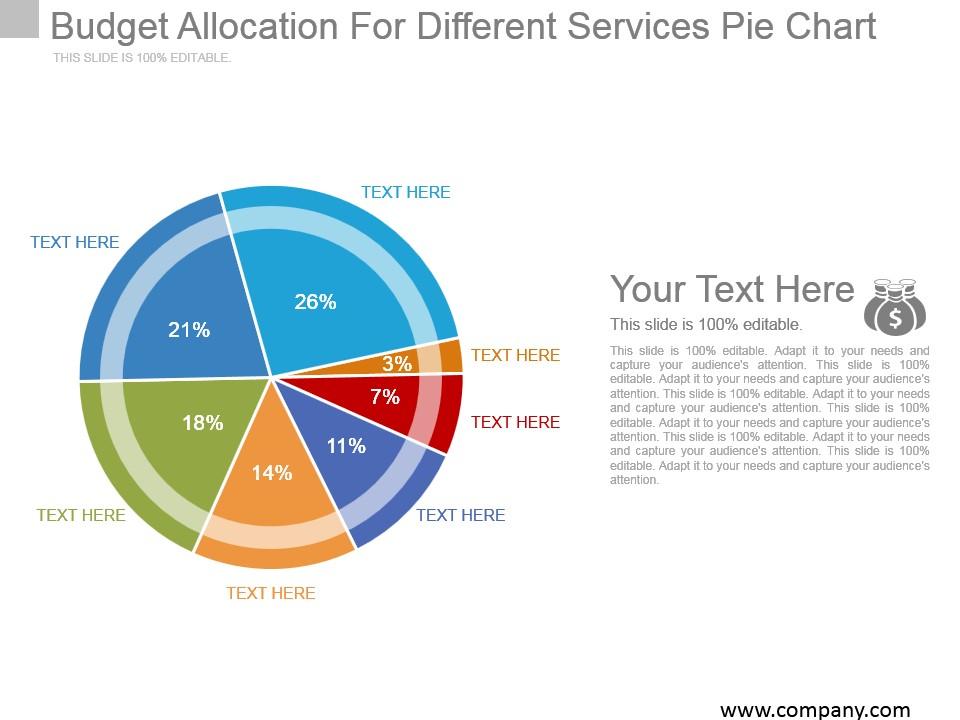
Transforming roadmaps into compelling visual stories has been one of my favorite applications of PageOn.ai's AI Blocks. By visualizing the implementation journey, we help stakeholders understand not just what will happen but why each phase matters for learning outcomes.
Key milestones and success metrics for educational design systems differ from traditional product metrics. I focus on learning-specific indicators like knowledge retention rates, assignment completion times, and educator adoption metrics to measure true success.
Integration with existing teaching frameworks and methodologies is essential for adoption. I've found that visual design templates that align with established pedagogical approaches are more readily adopted by educators.
Transform Your Learning Experiences with PageOn.ai
Create stunning visual design systems that enhance learning outcomes and ensure consistent, engaging educational experiences across all your platforms.
Start Creating with PageOn.ai TodayConclusion: The Future of Educational Design Systems
Throughout my journey developing design systems for learning experiences, I've seen firsthand how visual consistency directly impacts knowledge retention and learner engagement. By creating cohesive educational environments, we reduce cognitive load and allow learners to focus on content rather than navigation.
The most successful educational design systems balance systematic consistency with room for pedagogical innovation. They provide educators with reliable components while allowing for creative adaptation to specific learning contexts.
As we look to the future, I believe educational design systems will become increasingly adaptive and personalized while maintaining the core benefits of visual consistency. Tools like PageOn.ai are transforming how we develop and implement these systems, making it easier to create compelling visual expressions of complex educational concepts.
Whether you're just beginning your design system journey or looking to enhance an existing framework, remember that the ultimate measure of success is improved learning outcomes. By focusing on how design decisions impact the learning experience, you'll create systems that truly serve their educational purpose.
You Might Also Like
Mastering Visual Harmony: The Art and Science of Cohesive Slide Layouts
Discover how to create visually harmonious slide layouts through color theory, typography, and spatial design. Learn professional techniques to elevate your presentations with PageOn.ai.
The Strategic GIF Guide: Creating Memorable Moments in Professional Presentations
Discover how to effectively use GIFs in professional presentations to create visual impact, enhance audience engagement, and communicate complex concepts more memorably.
Stock Photos in Presentations: Bringing Vibrancy and Depth to Visual Storytelling
Discover how to transform your presentations with strategic stock photography. Learn selection techniques, design integration, and visual consistency to create compelling visual narratives.
The Art of Text Contrast: Transform Audience Engagement With Visual Hierarchy
Discover how strategic text contrast can guide audience attention, enhance information retention, and create more engaging content across presentations, videos, and marketing materials.
